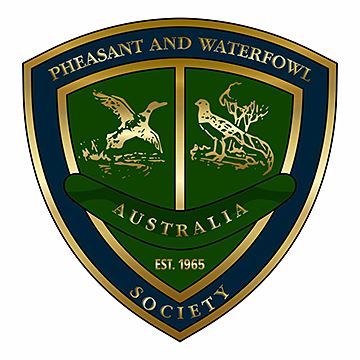 | supporting aviculture since 1965. |
CHESTNUT TEAL
Anas castanea
Description
For many years there was a great deal of confusion with the Chestnut Teal and Grey Teal (Anas gracilis) as the latter closely resembles the female Chestnut Teal. Because both of this dabbling duck genus (Anas) congregate together, the mistake was easy to make. This meant that the distribution of the bird was much wider than fact. Upon closer inspection, female Chestnut Teal are darker than Grey Teal and lack the Grey Teal's characteristic white throat.
As with all of the dabbling ducks, the Chestnut Teal filter the water surface but not to the same extent as the Spatula genus.
Males/Drakes: Head and neck are a glossy dark green, with a dark brown back. The feathers on the back have a chestnut fringe. The breast and underside are almost a reverse of the back, with it being mostly chestnut with dark brown blotches in the middle. The eyes are a hazel brown, almost red-brown in the right light. The bill is blue-grey, and the legs and feet are grey-green. Outside of breeding season this dulls down.
Females/Ducks: Dark brown above, with them all edged with a paler brown except on the rump and tail. As with the males they have a dark green wing patch.
Juveniles: Resemble the female
In terms of vocalisation, the male 'peeps' and the female has rapid quacks with a few variations.
Distribution
Brackish coastal lagoons, saltwater estuaries, and mangroves across most of southern Australia. There is a strong population in Tasmania.
Breeding
Season is from September to December, with most of it being centralised through October.
Nesting
The nest is a scrape in the ground; found among grasses, reeds, crevices, or tree hollows. Always close to water. Brown/grey down is used to cover the eggs.
Eggs
Seven (7) to fifteen (15) oval, close-grained cream eggs. 52mm x 37mm. Incubation is 27 days.
Diet
As with many of the dabbling ducks, it is principally made up of plant matter such as seeds that float on the water surface. However insects, larvae, aquatic plants, and some crustaceans also contribute to the diet.
General
There are a few Chestnut Teal in Australian Aviculture. Not overly complex in their keeping, as long as there is a permanent water source. Whilst commercial pelleted diets work well, many dabbling species would benefit from floating food that is fed on water.